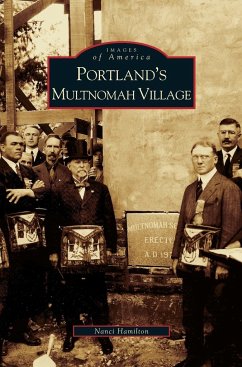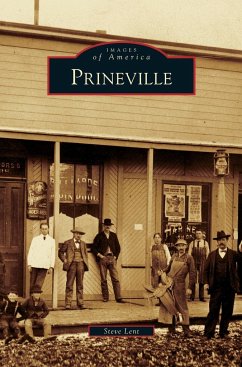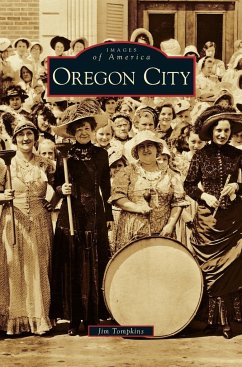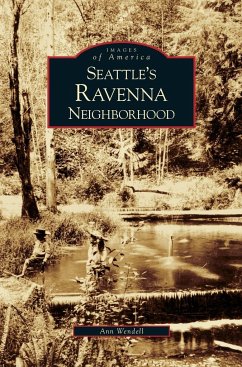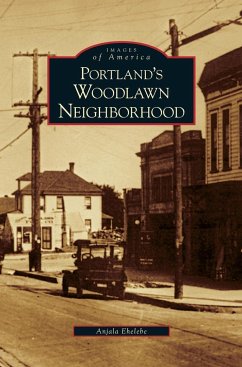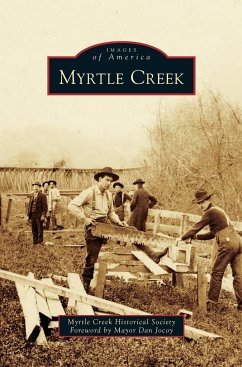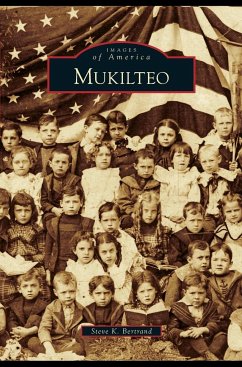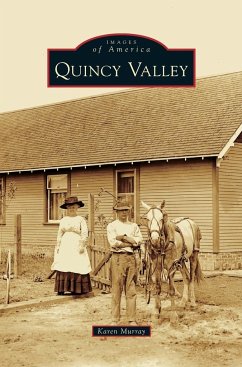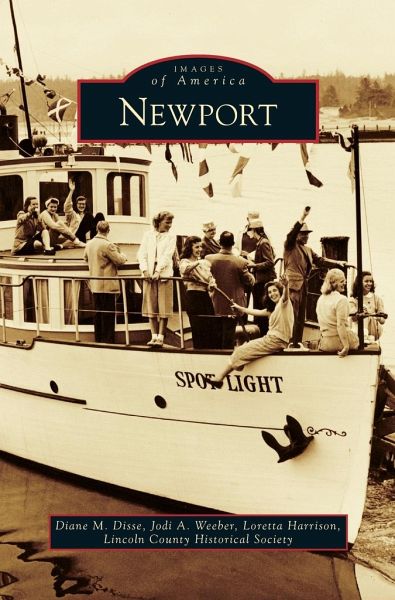
Newport

PAYBACK Punkte
11 °P sammeln!
Newport and its surrounding areas are beautiful and bountiful, offering resources for fishing, logging, shipping, and tourism. Today's community, similar to populations that settled the land in earlier days, is independent, hearty, and versatile. The Yacona, the Native Americans who called Newport home before the arrival of other cultures, lived almost entirely off the land and waterways. Later settlers, while still reliant on natural resources, integrated technology into the growth of their society. As the area matured, the desire to find balance and preserve natural resources grew. Today New...
Newport and its surrounding areas are beautiful and bountiful, offering resources for fishing, logging, shipping, and tourism. Today's community, similar to populations that settled the land in earlier days, is independent, hearty, and versatile. The Yacona, the Native Americans who called Newport home before the arrival of other cultures, lived almost entirely off the land and waterways. Later settlers, while still reliant on natural resources, integrated technology into the growth of their society. As the area matured, the desire to find balance and preserve natural resources grew. Today Newport's heritage remains strong, and this book serves as a tribute to its history.




